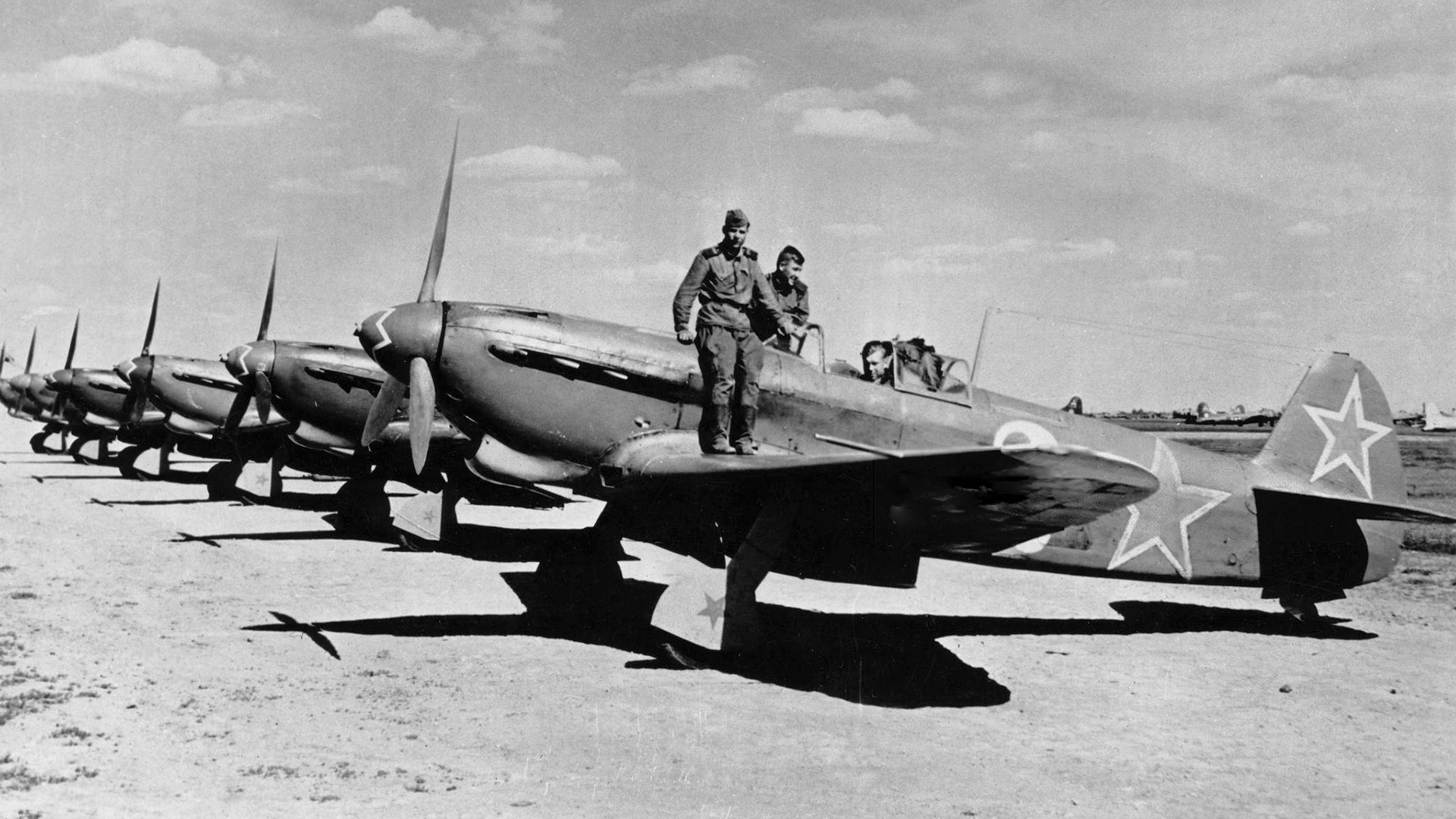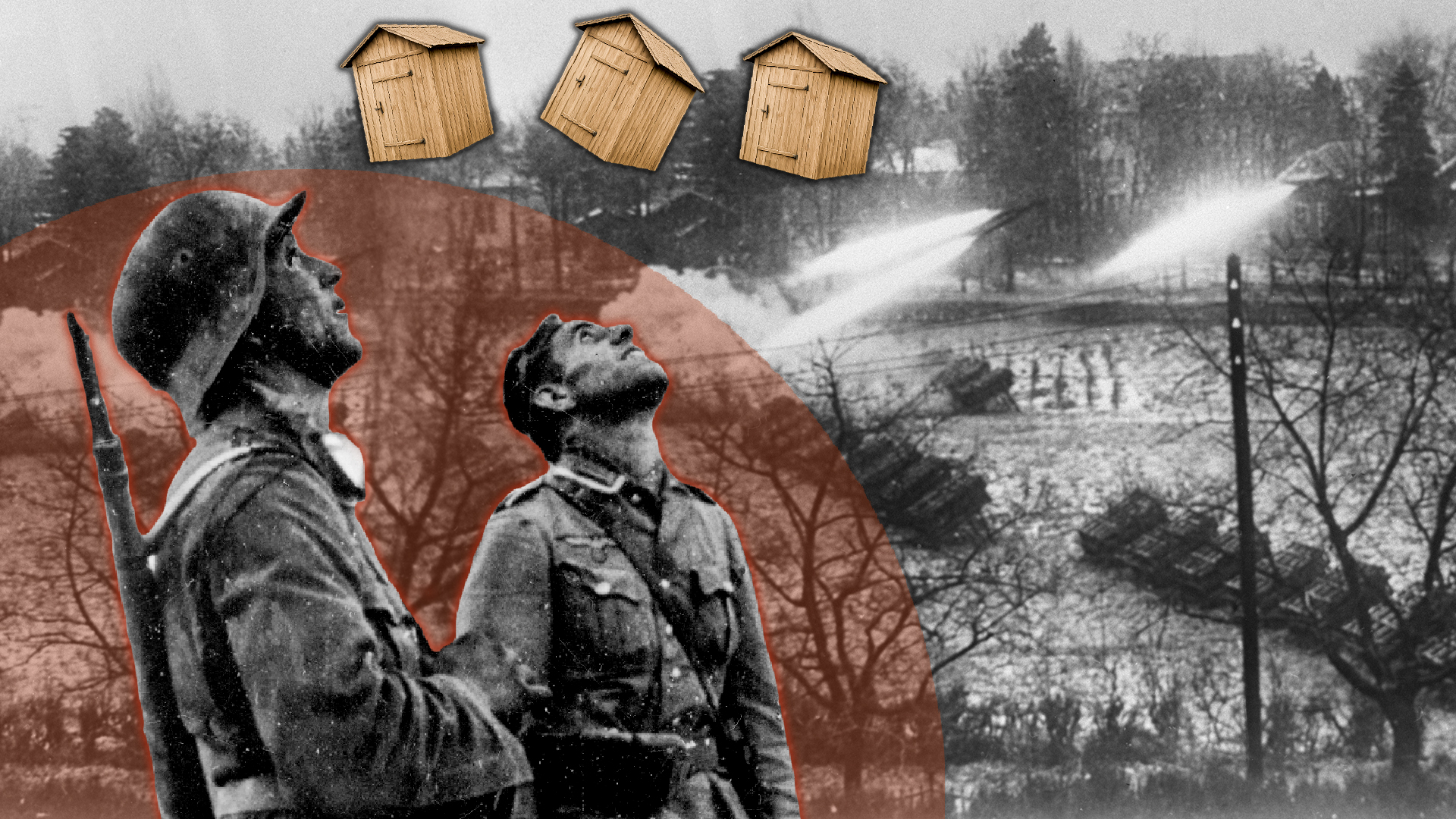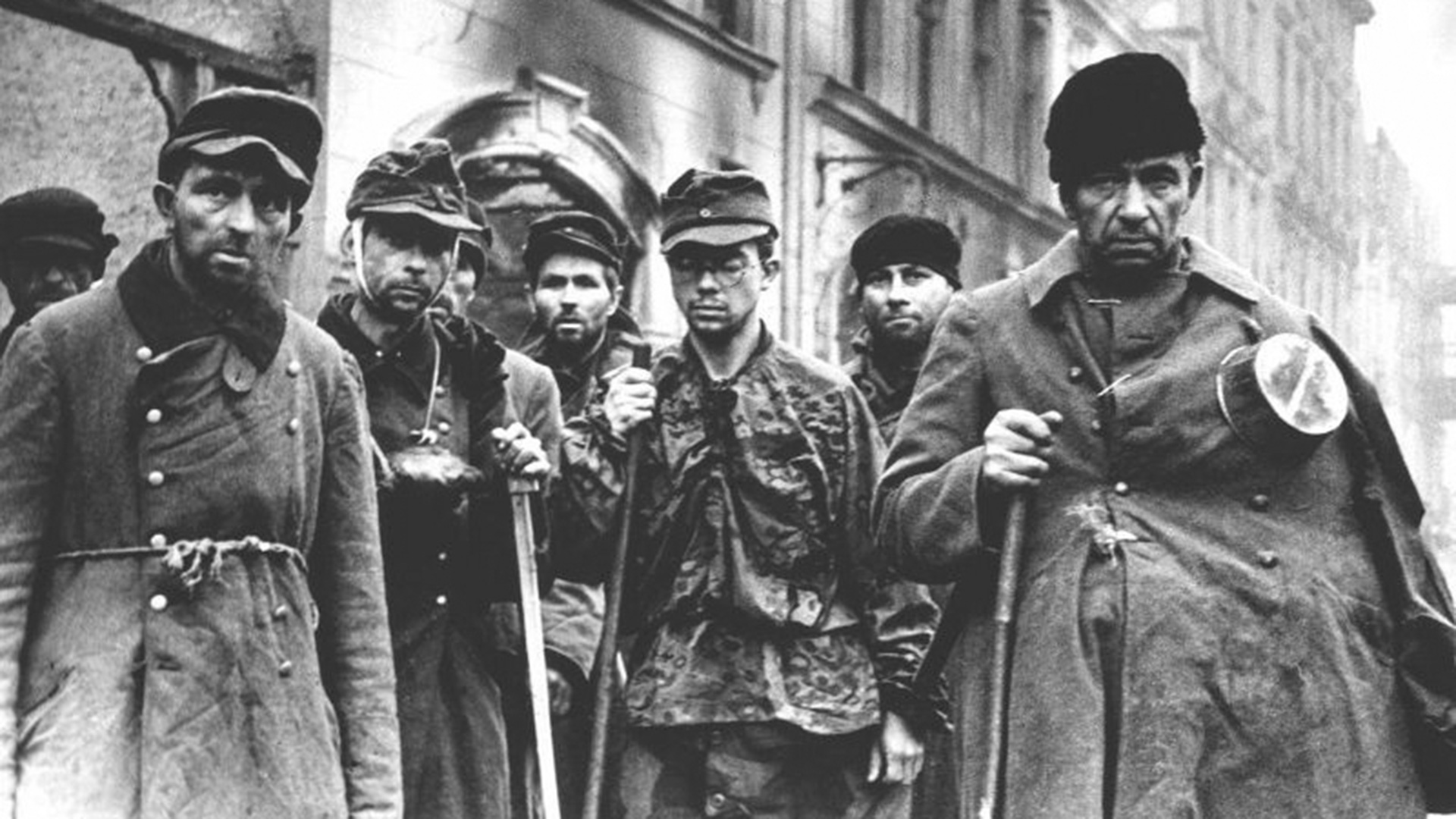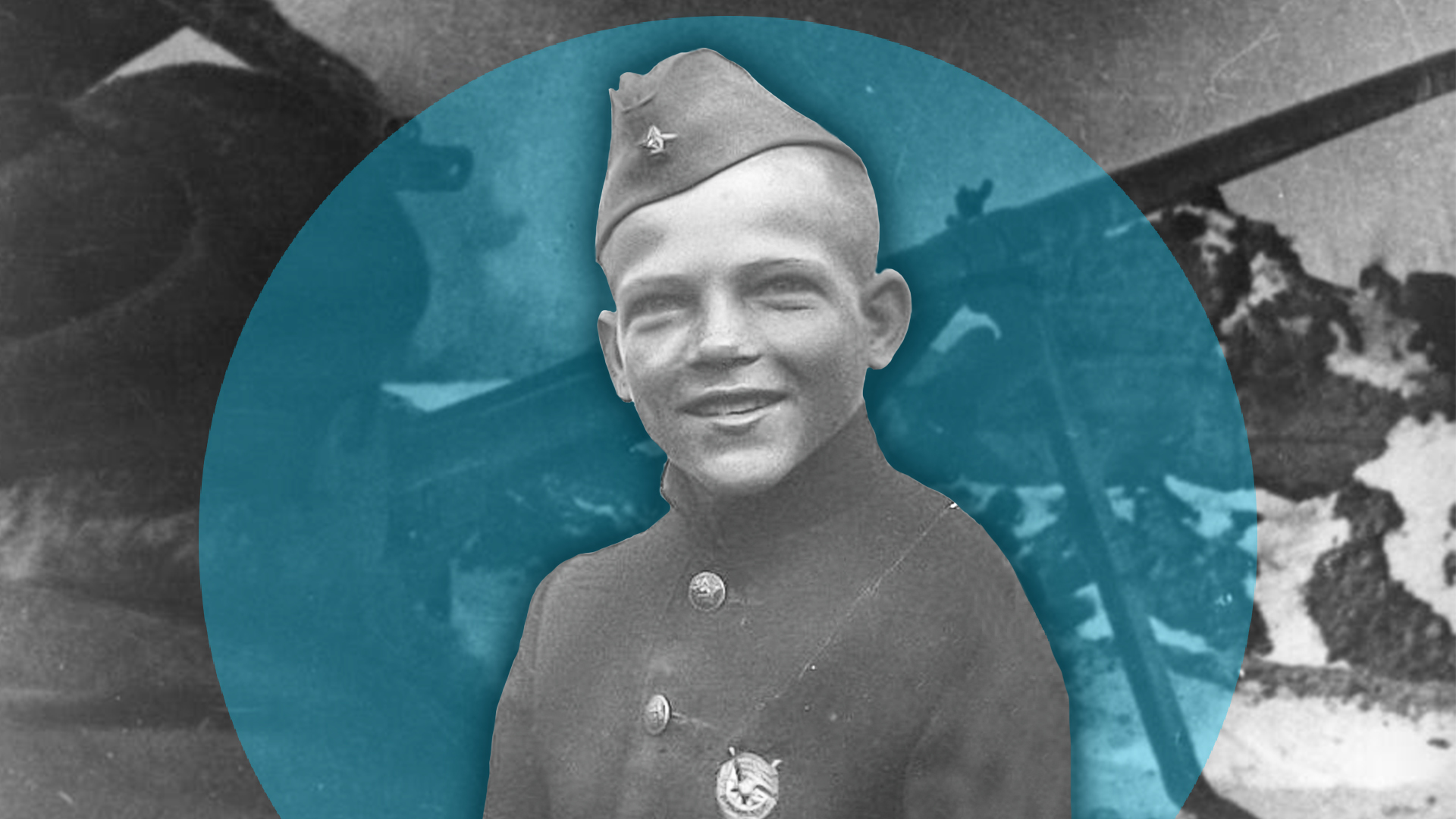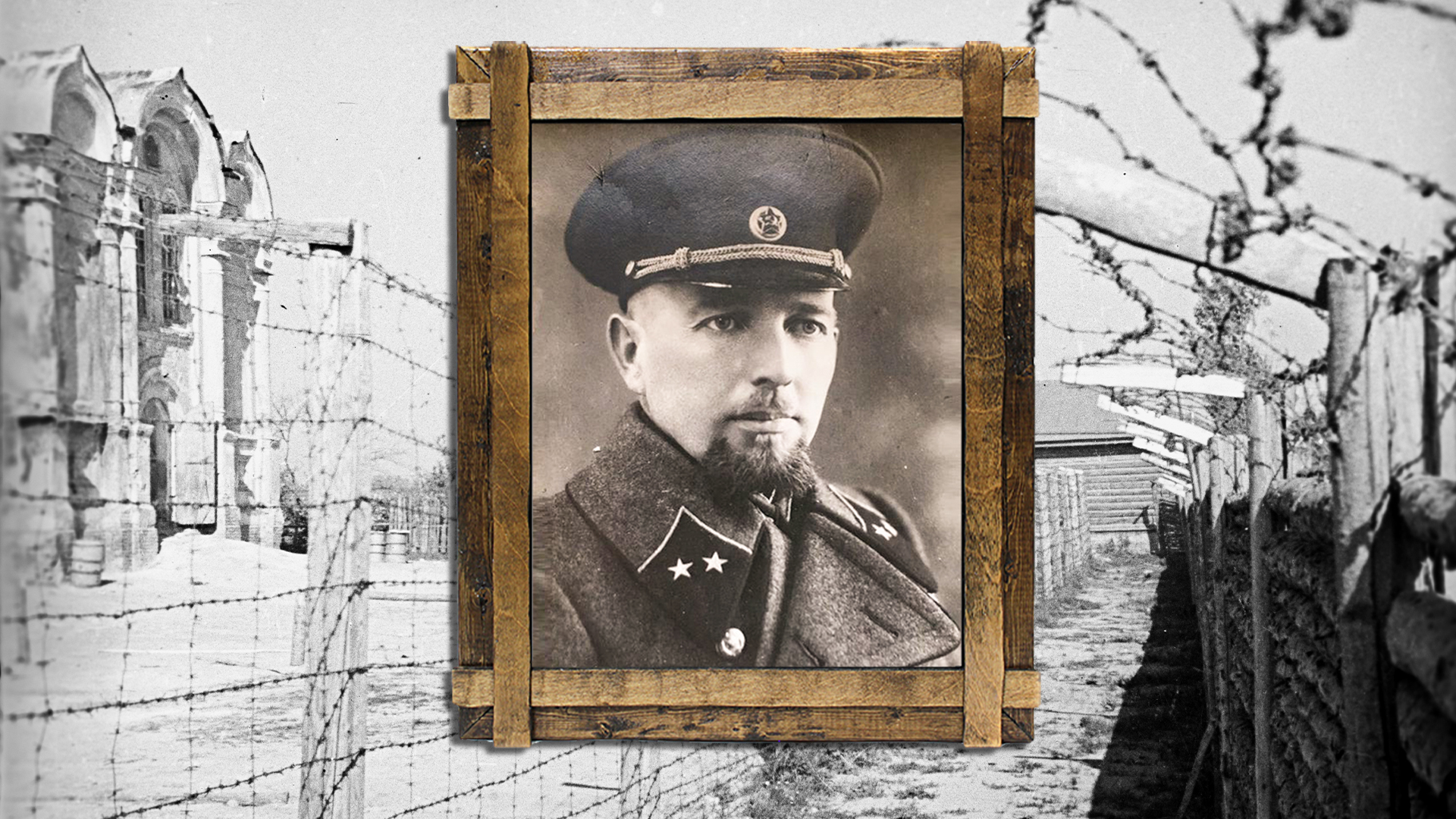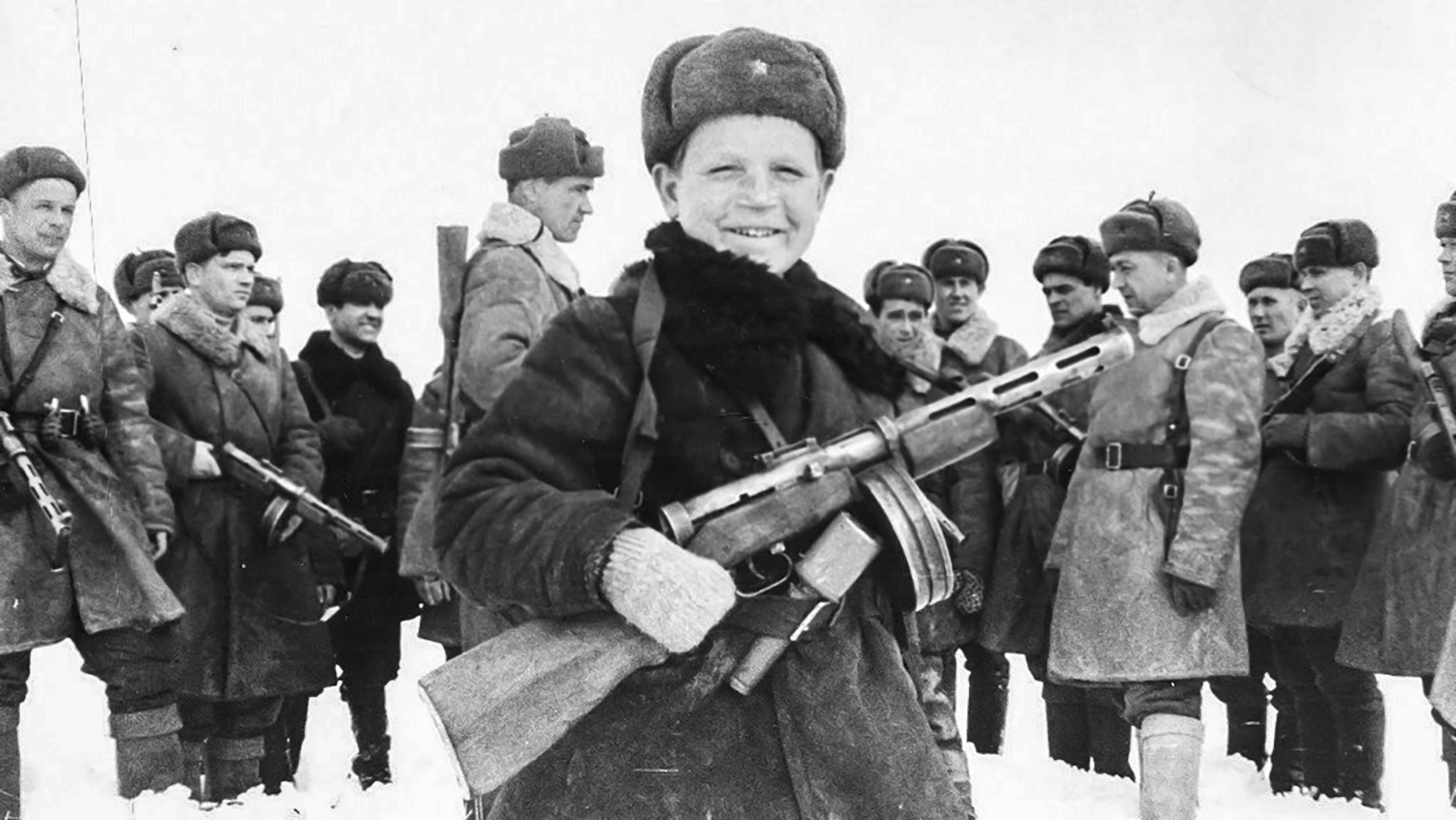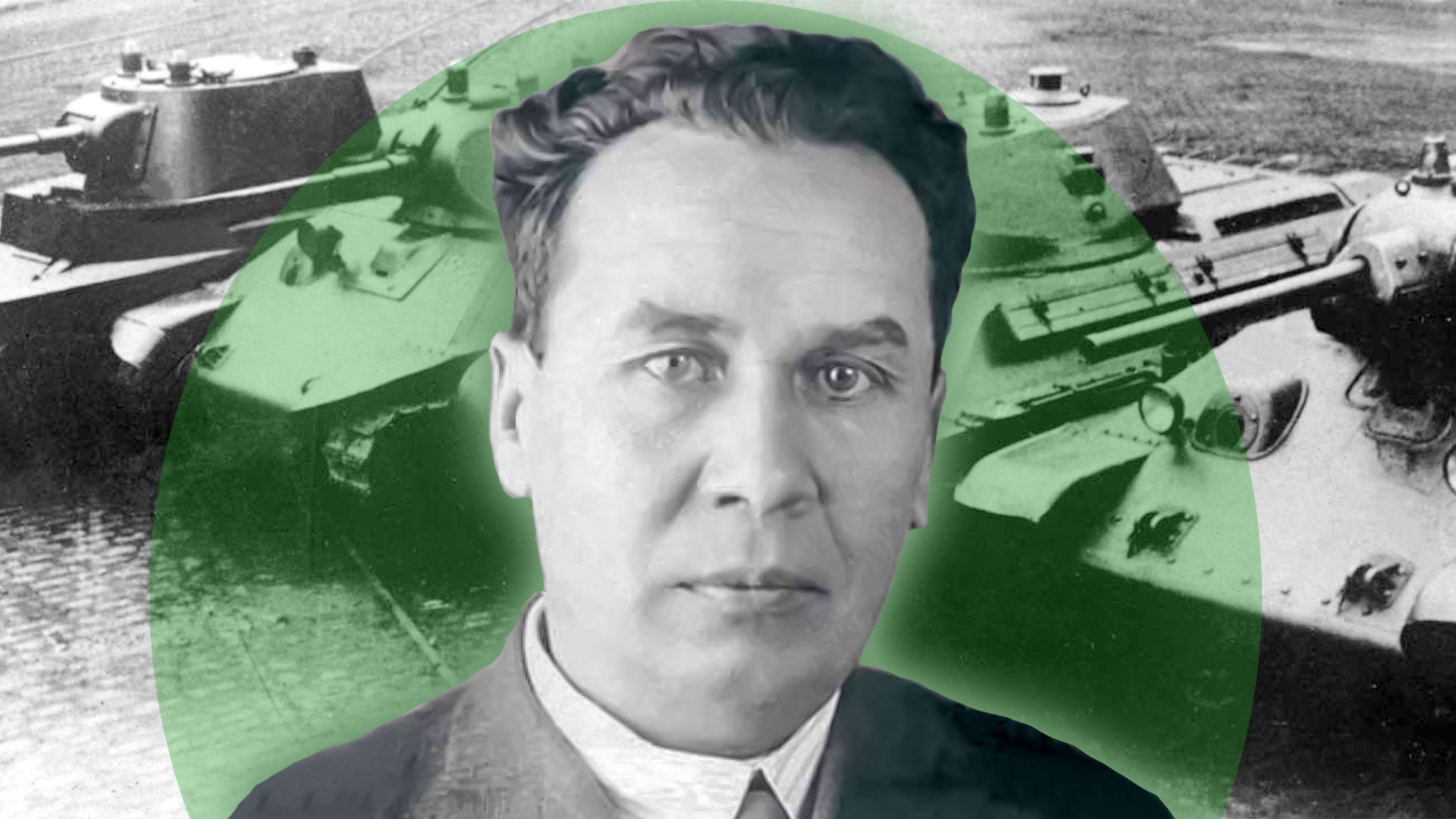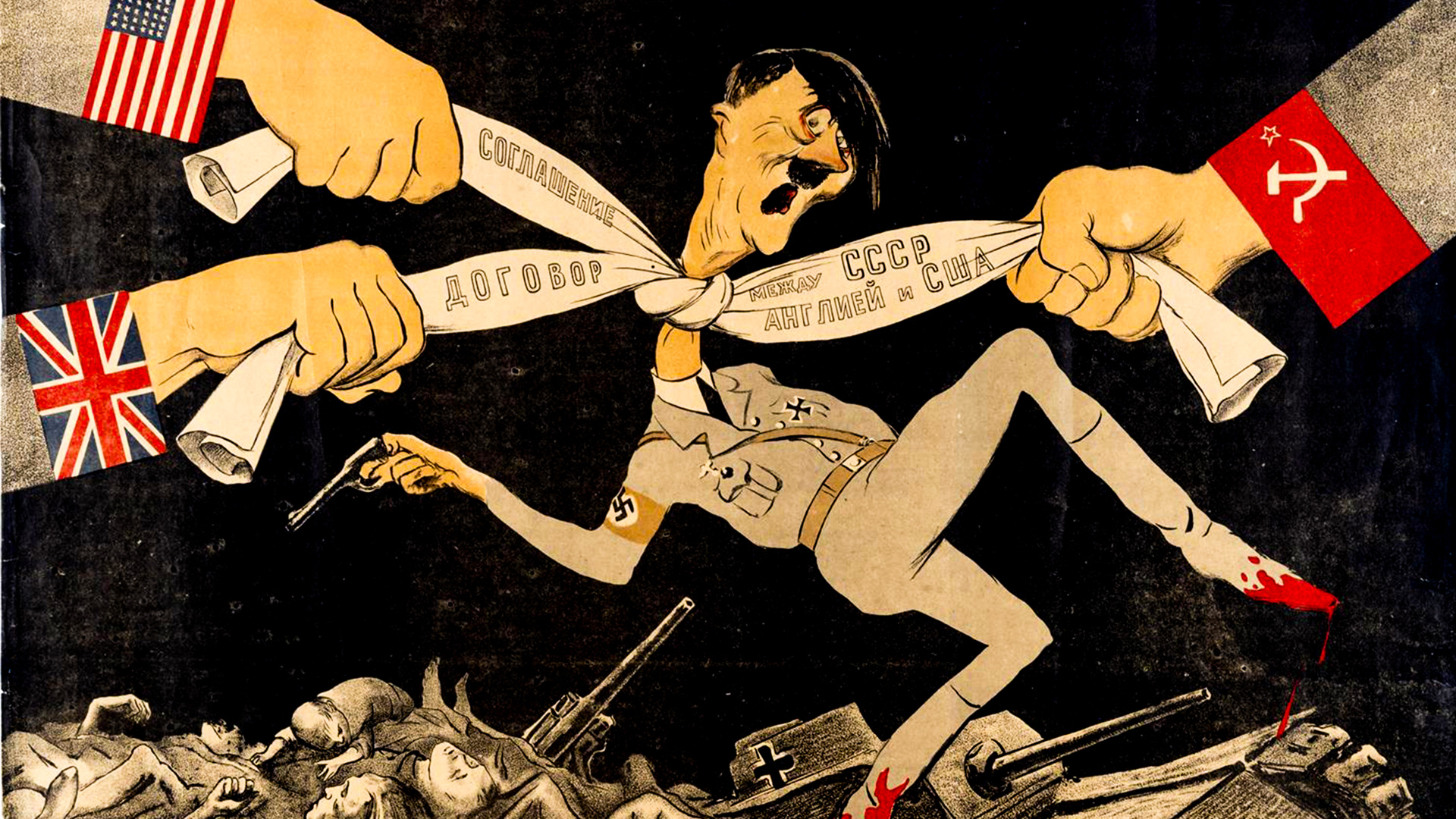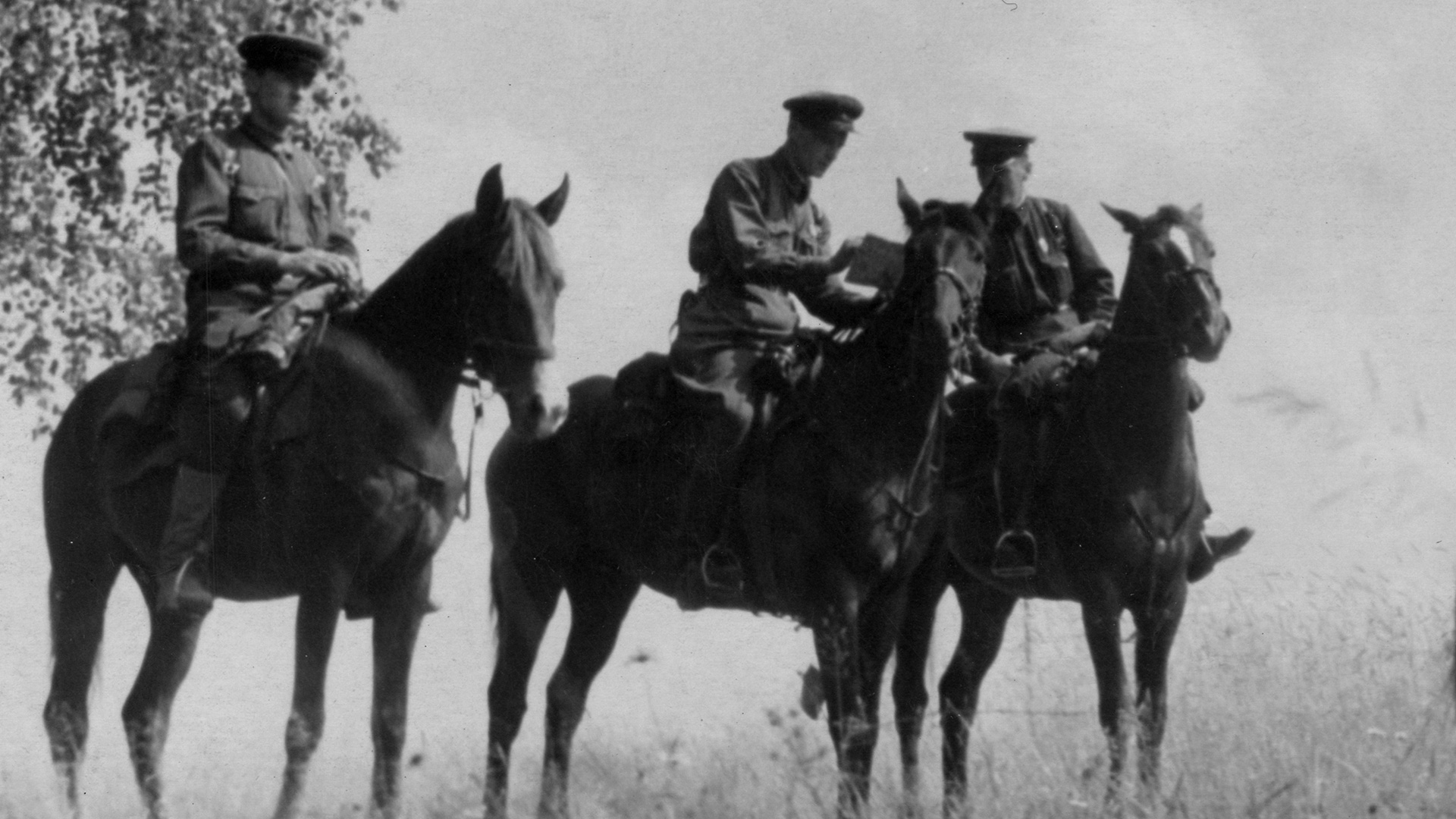
How the Red Army defended the Caucasus from the Nazis (PHOTOS)
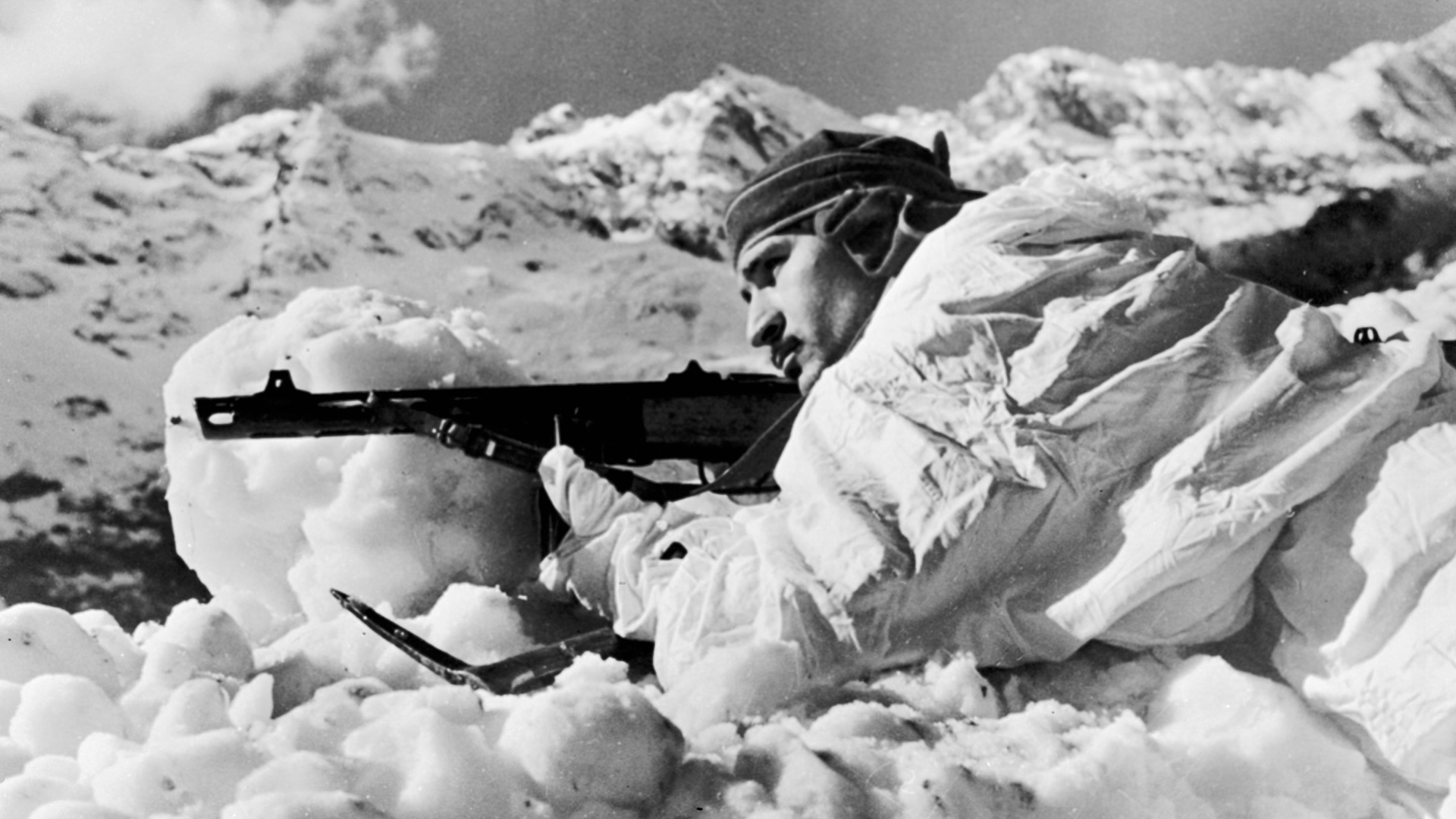
In May 1942, the Red Army suffered a heavy defeat near Kharkov. The Germans took advantage of the enemy's weakness and, on June 28, began ‘Operation Blau’ – the campaign for Caucasian oil.
At that time, most of the oil used by the Soviet Union was produced in the North Caucasus and Azerbaijan SSR. The capture of the fields would solve Germany's constant fuel problems and, at the same time, deal a serious blow to the combat capabilities of the Red Army.
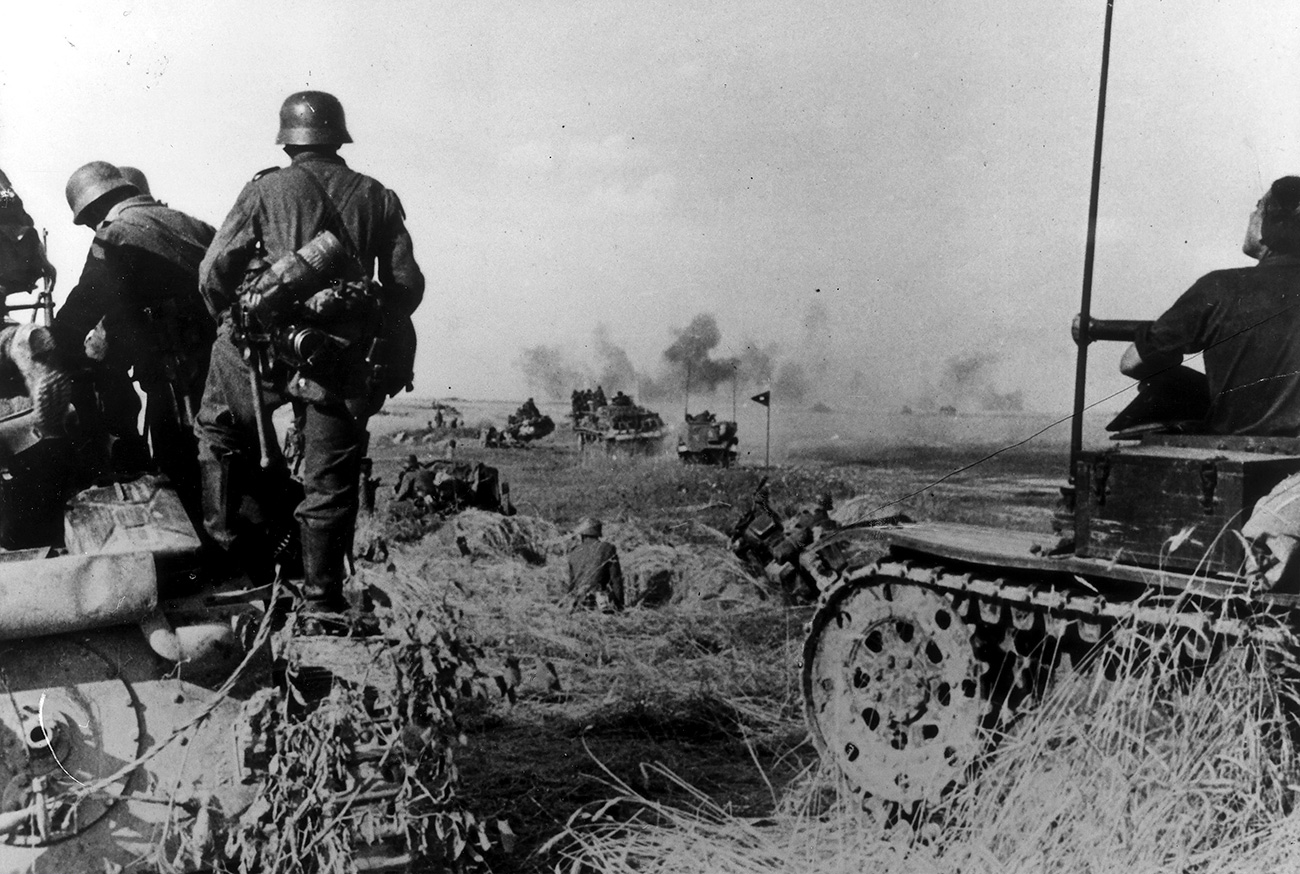 German troops during 'Operation Blau'.
German troops during 'Operation Blau'.
On July 25, 1942, units of the German ‘Army Group A’ crossed the Don River and the ‘Battle of the Caucasus’ began. ‘Army Group B’ covered the campaign for oil and advanced in the direction of Stalingrad and the Volga River. This direction was considered secondary at that time.
The Soviet troops were inferior to the enemy in personnel by 1.5 times, in artillery – by 2 times and, in aviation and armored vehicles, by 8 and 9 times, respectively.
 Wehrmacht during the 'Battle of the Caucasus'.
Wehrmacht during the 'Battle of the Caucasus'.
“We in the Operational Directorate… We came to the conclusion that it would be difficult to fight enemy tanks on the Kuban steppes, especially since we had a lot of cavalry and few anti-tank weapons in the North Caucasus and there were no suitable lines for organizing defense nearby,” recalled General Semyon Shtemenko.
Fighting rearguard actions, Soviet troops abandoned the vast fertile territories of Kuban and retreated to the foothills of the Main Caucasian Ridge, where defensive fortifications were urgently erected. On August 9, the Wehrmacht took Pyatigorsk and, on August 10 – Mineralnye Vody.
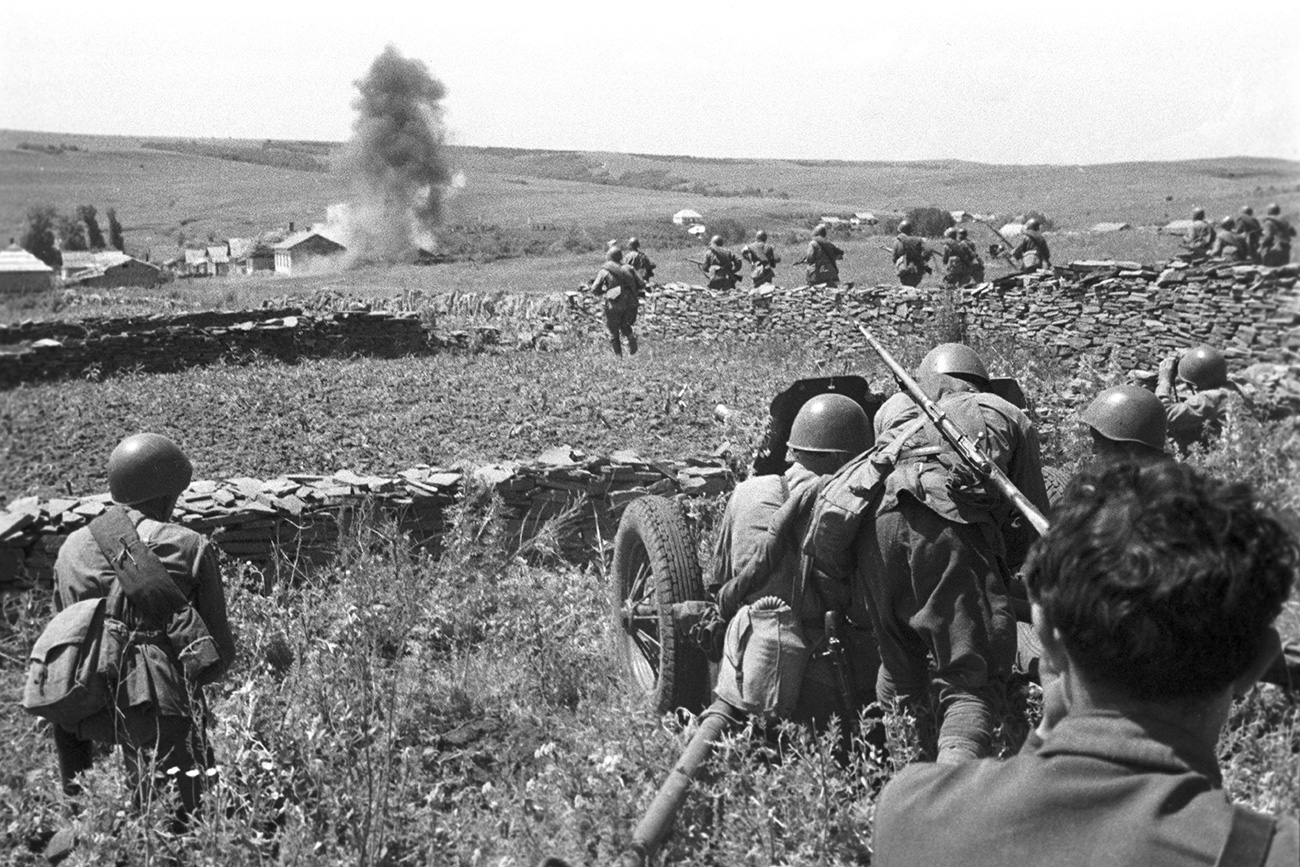 Soviet troops during the defense of the Caucasus.
Soviet troops during the defense of the Caucasus.
The Soviet command had long been of the opinion that mountain passes would be impassable for large troop groups. Therefore, many of them did not even have pickets.
The enemy's mountain rifle units proved the fallacy of this judgment. On August 21, soldiers of the 1st Mountain Infantry Division ‘Edelweiss’ hoisted German flags atop Mount Elbrus, thereby visually demonstrating its capture of the Caucasus.
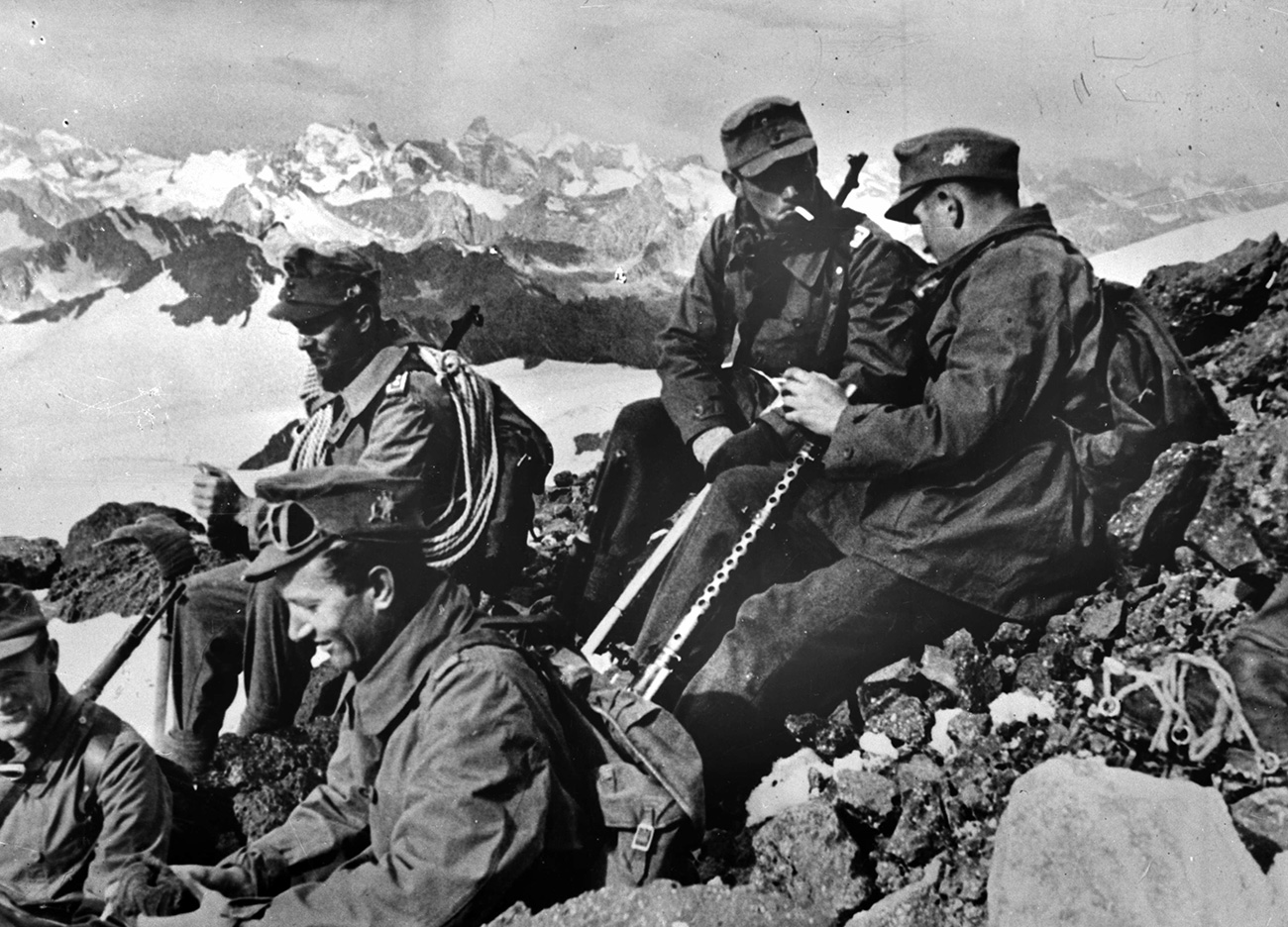 German mountain infantry on the peaks of the Caucasus mountains.
German mountain infantry on the peaks of the Caucasus mountains.
Fierce battles then unfolded for Tuapse and, on October 28, Nalchik fell. On November 2, the Germans reached the suburbs of Ordzhonikidze (Vladikavkaz), intending to break through to Grozny. But, already on November 5, the Red Army launched a counteroffensive in this area.
Due to the stubborn resistance of the Soviet troops, the pace of the German offensive slowed. The enemy could no longer advance on a broad front and was active only in certain areas.
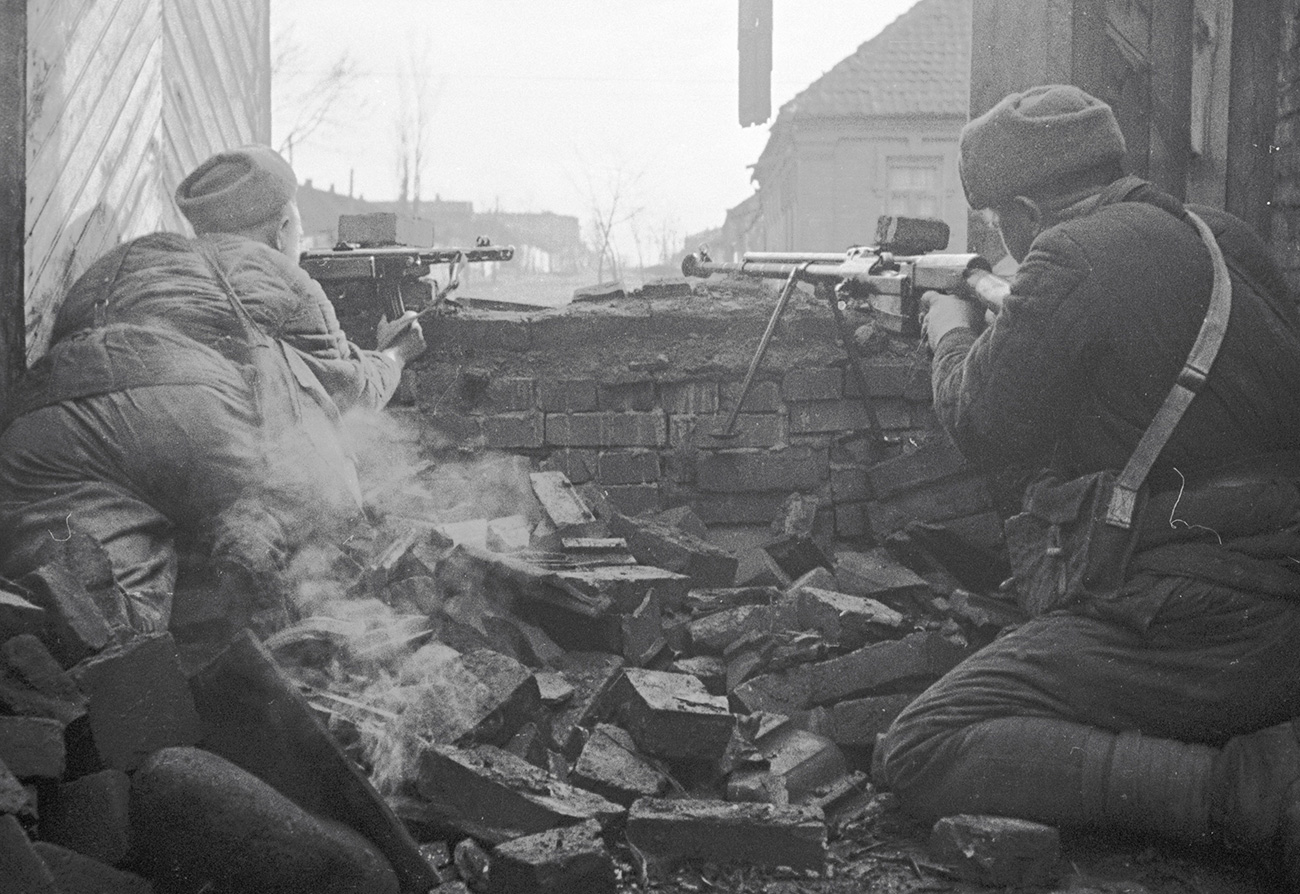 Fighting in the North Caucasus.
Fighting in the North Caucasus.
The following is how signalman Efim Chernyavsky recalled the battle for the small oil town of Malgobek, which changed hands many times:
“Everything there was mixed with earth, blood and dirt: people, weapons… Once again, I transmitted data from the lieutenant to the division and the Katyushas fired a salvo at the Germans, covering our trenches at the same time… I was badly shell-shocked and the radio was broken by shrapnel. I crawled out of the trench, it was dark in my eyes, blood was coming out of my ears, everything around was in smoke and then I lost consciousness. I woke up in the hospital three days later…”
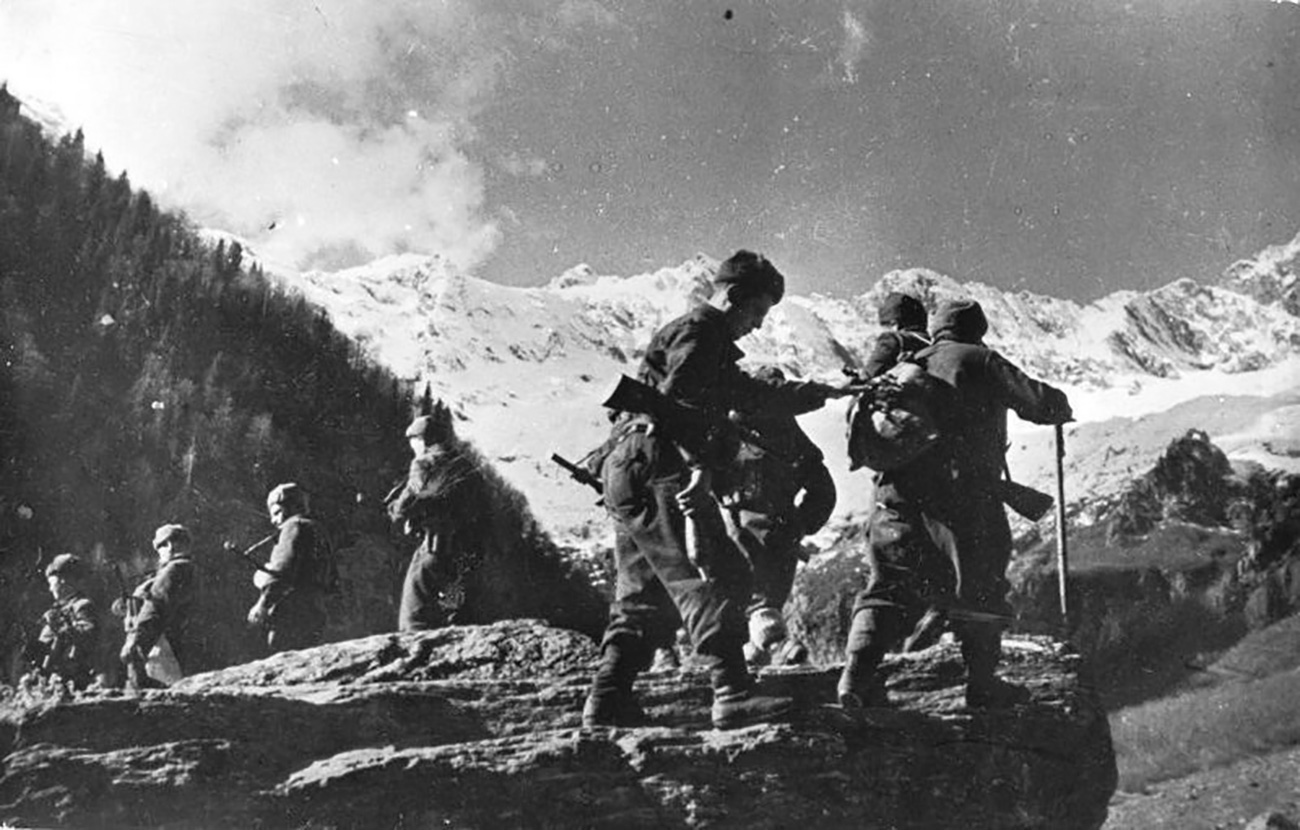 Soviet infantry in the mountains.
Soviet infantry in the mountains.
On November 19, 1942, the Soviet offensive ‘Operation Uranus’ began near Stalingrad. ‘Army Group B’ was in dire need of reserves and the Red Army in the Caucasus was trying to tie down the enemy forces and prevent reinforcements from being transferred to the Volga.
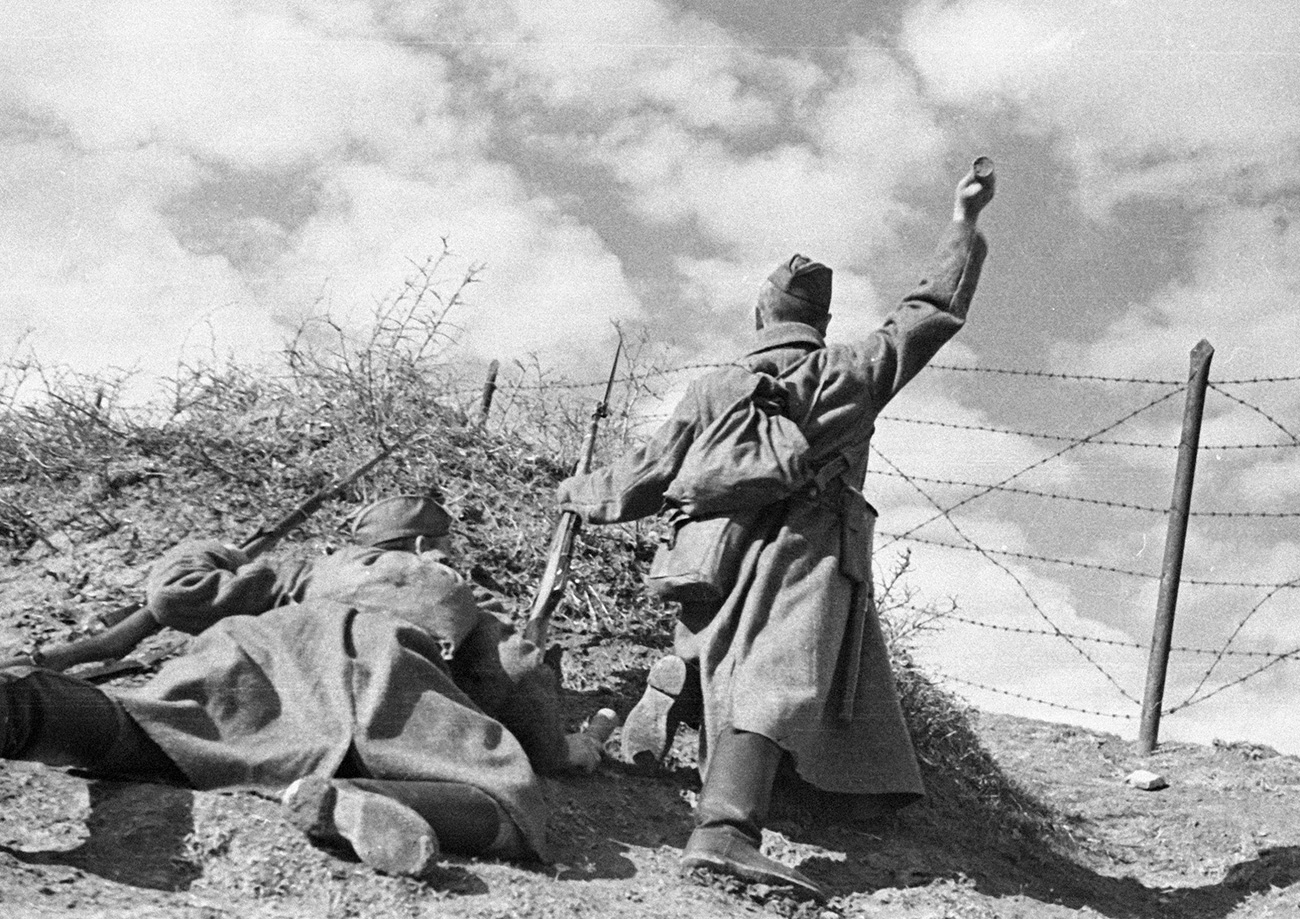 Soviet soldiers in action.
Soviet soldiers in action.
On January 1, 1943, Soviet troops defending the Caucasus launched a large-scale offensive. Now, they had the advantage: in personnel – 1.5 times, in artillery, aircraft and tanks – almost 2 times.
By mid-January, Mineralnye Vody, Pyatigorsk and Kislovodsk had been liberated and, on January 21 – Stavropol. In early February, soldiers of the 46th Army tore down the German flags from the top of Mount Elbrus and installed Soviet ones in their place.
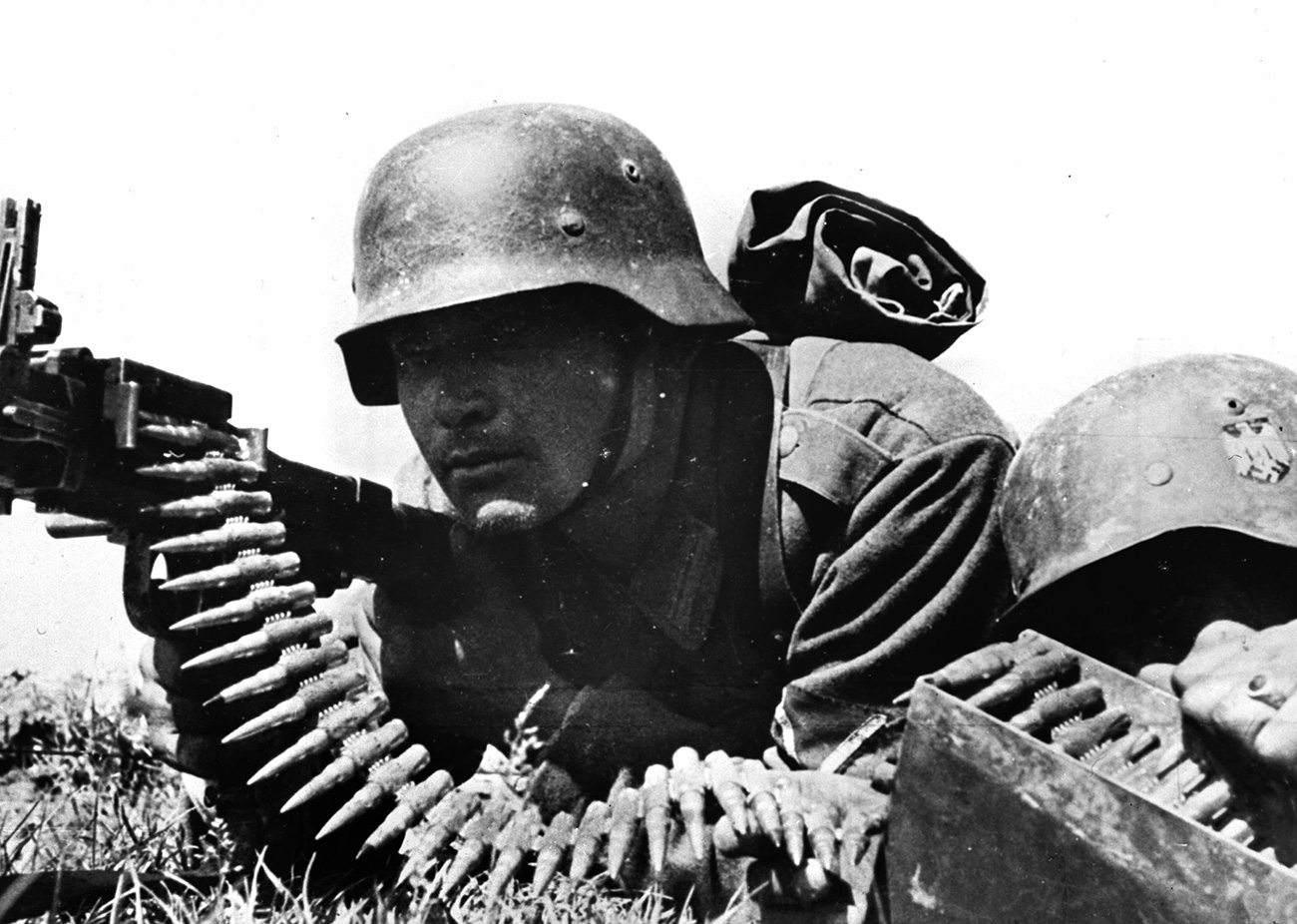 German machine gunner on the Eastern Front, 1943.
German machine gunner on the Eastern Front, 1943.
The Red Army command intended to take ‘Army Group A’ in “pincers”, as happened with Friedrich Paulus's group at Stalingrad. However, the enemy began to retreat in time and it was not possible to organize a "cauldron" for him.
The Germans retreated to reinforced positions on the Taman Peninsula, the so-called ‘Blue Line’. Attempts to break through it were unsuccessful throughout the Spring and Summer of 1943.
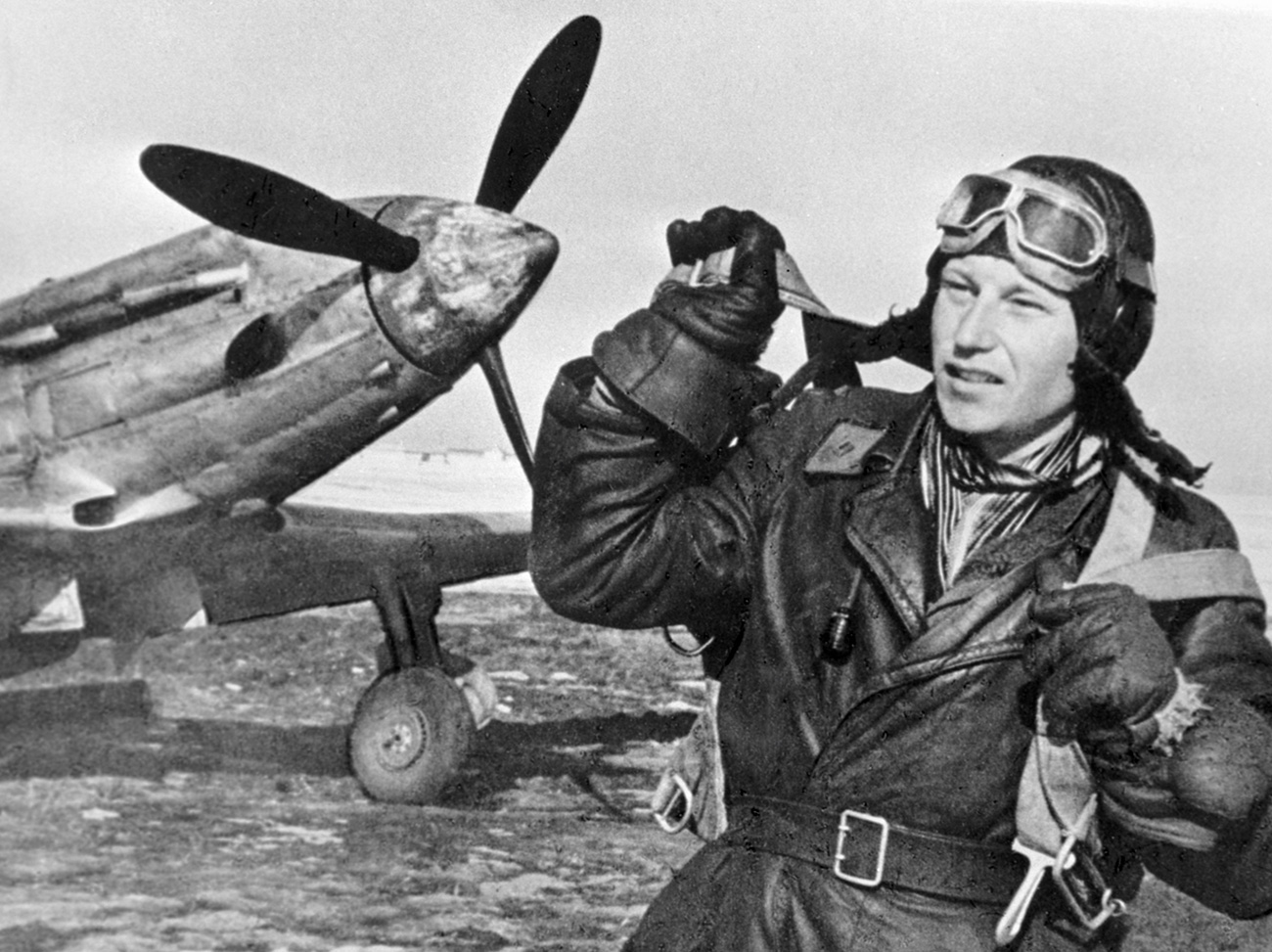 Soviet ace Alexander Pokryshkin in the North Caucasus.
Soviet ace Alexander Pokryshkin in the North Caucasus.
At the same time, the Soviet Air Force won a brilliant victory over the Luftwaffe in a large-scale air battle in the skies over Kuban. Up to 2,000 aircraft took part in it on both sides.
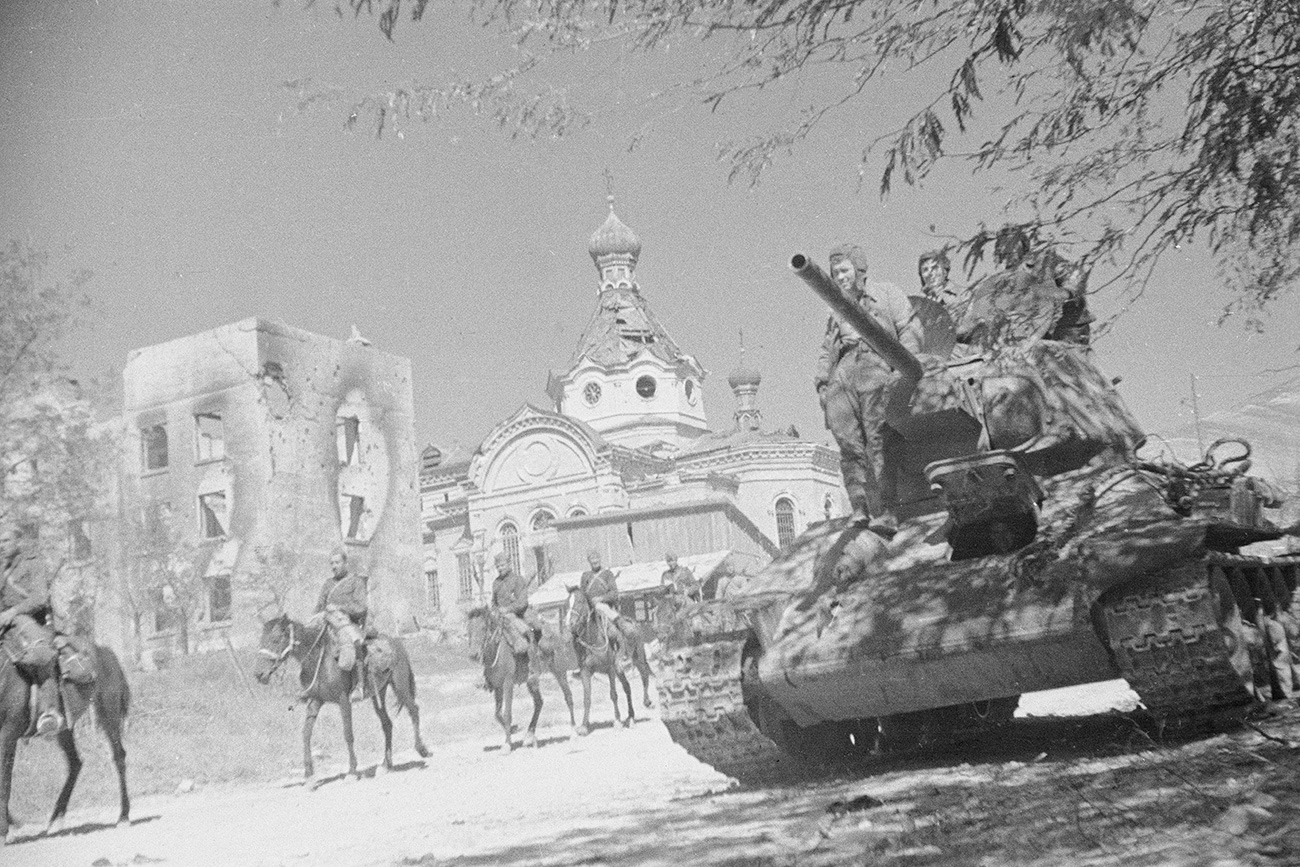 Soviet troops enter liberated Novorossiysk.
Soviet troops enter liberated Novorossiysk.
In the first half of September 1943, as a result of bloody battles, the Red Army was able to break through the ‘Blue Line’ and forced the German troops to evacuate to Crimea. On October 9, the Taman Peninsula was completely cleared of the enemy, which ended the ‘Battle of the Caucasus’..


